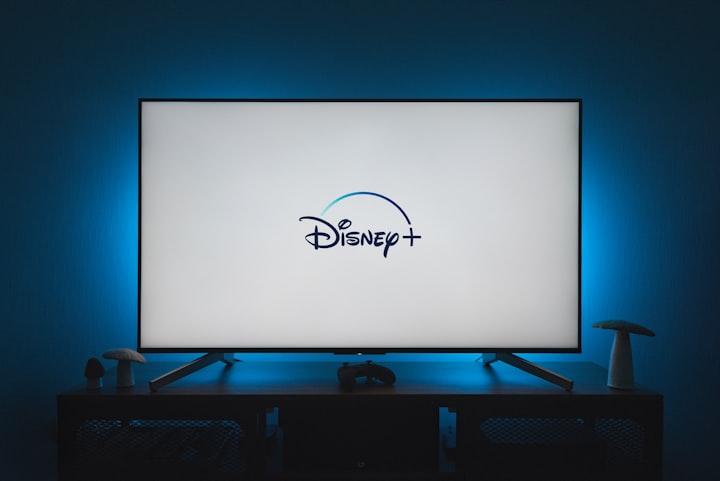Embracing the Stream:
How Traditional Media Companies Navigate the Digital Entertainment Era

The rise of streaming platforms has brought about a revolution in the entertainment industry, transforming the way we consume media. This article aims to analyze the profound impact of the streaming revolution on traditional media companies, including broadcasters, cable networks, and movie theaters. We will delve into how these entities are adapting to the changing landscape in order to stay relevant and compete in this new era of digital content consumption.
The Shifting Landscape
The streaming revolution has disrupted the traditional media landscape, posing both challenges and opportunities for established players. Broadcasters, once the dominant force in delivering scheduled programming to viewers, have witnessed a decline in viewership as audiences increasingly turn to streaming platforms for on-demand content. Cable networks, which relied on subscription-based models, face similar challenges as viewers opt for cost-effective streaming services that offer a wider array of content.
Additionally, movie theaters have experienced a significant impact, with streaming platforms offering exclusive releases directly to consumers' homes, challenging the traditional theatrical release model. The COVID-19 pandemic further accelerated the rise of streaming, with theaters facing temporary closures and delayed film releases.
Adapting to the Streaming Era
To remain competitive in the streaming era, traditional media companies have recognized the need to adapt their strategies and business models. Here are some key approaches they have taken:
Embracing Streaming: Traditional broadcasters and cable networks have launched their own streaming platforms, offering a mix of live and on-demand content. This allows them to reach viewers who prefer digital consumption while leveraging their existing brand recognition and content libraries.
Partnerships and Acquisitions: Some traditional media companies have forged partnerships with or acquired streaming platforms to tap into their technology and subscriber base. These collaborations help them broaden their reach and diversify revenue streams.
Content Licensing: Traditional media companies have entered into licensing agreements with streaming platforms, making their content available to a wider audience. This provides additional revenue and exposure for their content libraries.
Enhanced Digital Presence: To engage with viewers in the streaming era, traditional media companies have bolstered their digital presence. They have revamped their websites, developed mobile apps, and increased their social media activity to connect with audiences across multiple platforms.
Hybrid Models: Recognizing the appeal of on-demand content, traditional media companies have experimented with hybrid models, combining traditional broadcasting with streaming offerings. This enables them to cater to viewers' preferences and adapt to changing consumption habits.
Revitalizing Theatrical Experiences: Movie theaters have focused on enhancing the in-theater experience by offering premium formats, immersive technologies, and exclusive events. They aim to attract audiences who seek unique and immersive experiences that cannot be replicated through streaming platforms.
Bottom Line
The streaming revolution has undoubtedly had a profound impact on traditional media companies. Broadcasters, cable networks, and movie theaters have faced significant disruptions and challenges in adapting to the changing landscape. However, they have also recognized the opportunities presented by the streaming era and are taking proactive measures to stay relevant.
By embracing streaming, forging partnerships, and enhancing their digital presence, traditional media companies are striving to connect with audiences in new ways. The integration of streaming platforms and traditional broadcasting, along with innovative approaches to enhance the theatrical experience, demonstrate their resilience and determination to thrive in this evolving entertainment landscape.
While the streaming revolution has transformed the industry, it is crucial to acknowledge that traditional media companies still possess valuable assets, including established brands, extensive content libraries, and expertise in content creation and curation. Through strategic adaptation and leveraging these strengths, they can navigate the streaming revolution and continue to captivate audiences in this dynamic era of entertainment.
In conclusion, the streaming revolution has reshaped the entertainment industry, challenging traditional media companies to adapt and evolve. The journey to stay relevant is ongoing, and as the streaming landscape continues to evolve, traditional media companies must remain nimble and innovative to seize the opportunities that lie ahead.
About the Creator
Raghubir Bisht
With 22+ years of experience in pharmaceuticals and technology Sectors, I've begun an exciting new journey as a Professional Blogger at KindAttentionPlease.com.






Comments
There are no comments for this story
Be the first to respond and start the conversation.